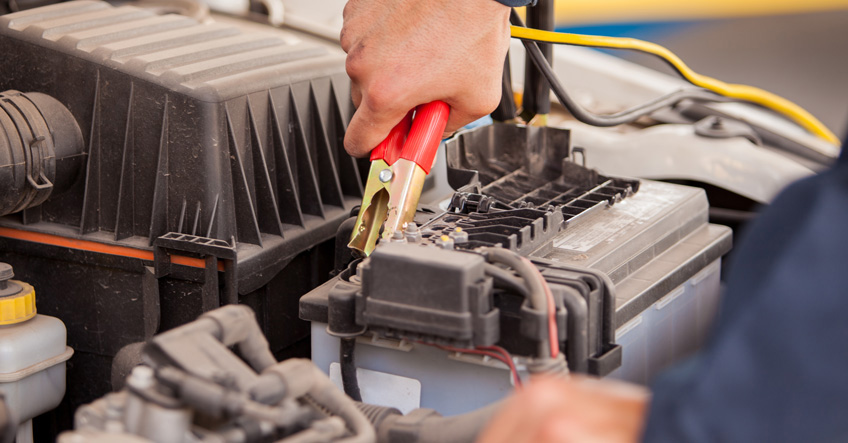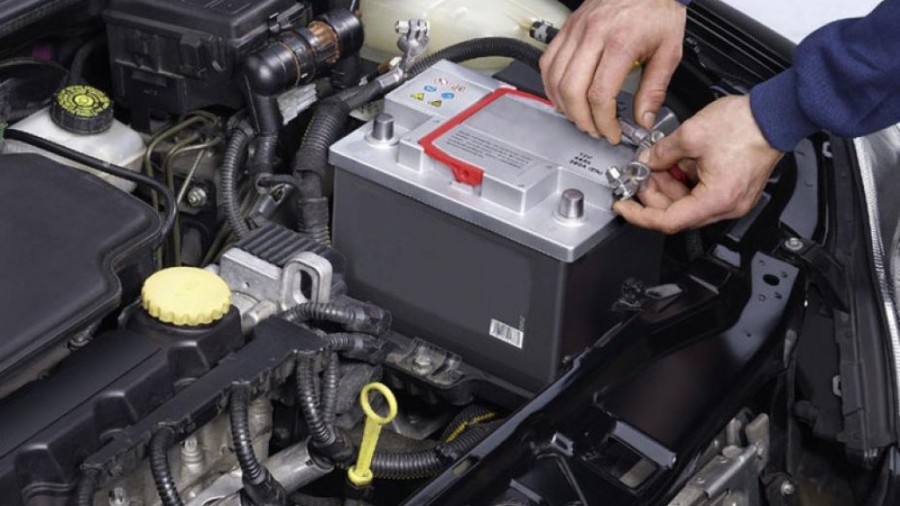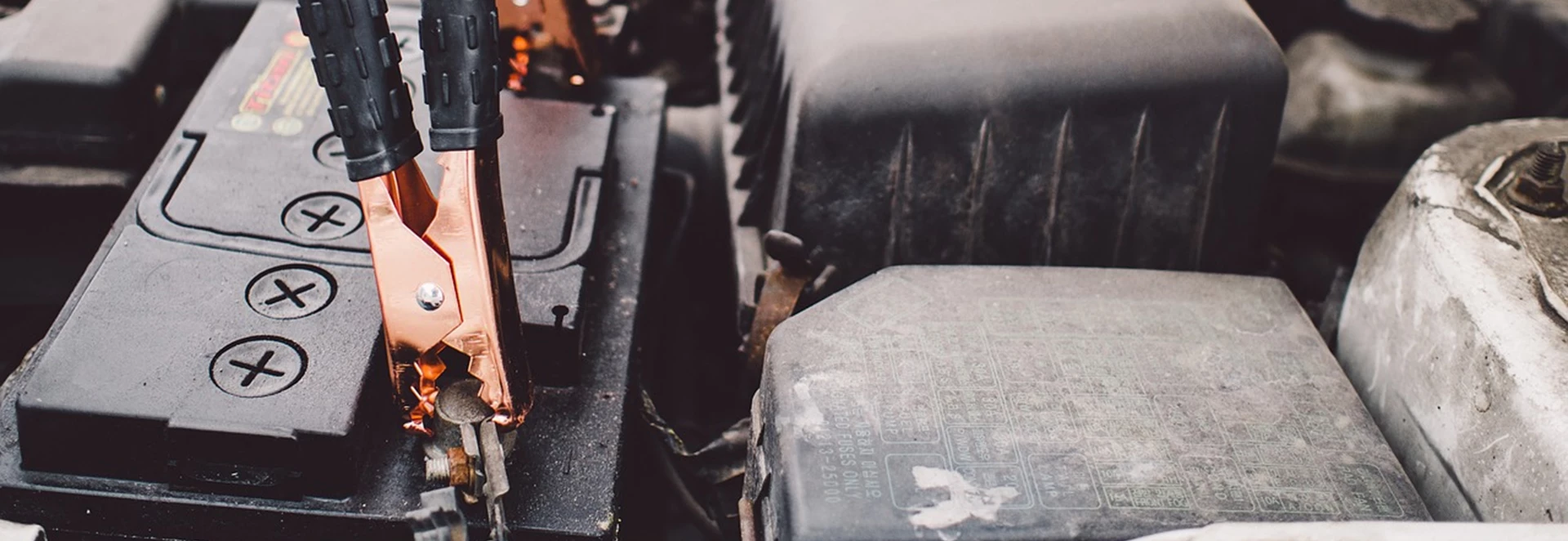Every conventionally-run car around comes with a car battery which is an essential component. It’s needed to start up the car’s engine and to keep the car’s various electrical systems running.
It’s worth knowing then when to replace a car battery and how to change such a thing. If you know little about car maintenance then it could sound a bit daunting, but changing a car battery is straightforward if you know what to do and only basic tools are required.
In this guide, we explain how a car battery works, how long they last, when they should be replaced and how to go about changing one.
How does a car battery work?
Basically, a car battery is recharged as you drive the car. Electricity is provided to the battery by an alternator, which essentially works like a small generator.
The alternator will keep the battery topped up and the battery can therefore provide a reliable and consistent voltage through the car’s systems, powering numerous functions of the vehicle such as the lights and radio.
How long do car batteries last?
Vehicles found in the new car market nowadays benefit from the latest in battery performance technology and they can last a good while longer than cars made a decade or more ago.
It’s quite possible that your car will need a battery change after three years of use, but they can last longer. In fact, some manufacturers will attach lifespan guarantees to their new cars which can last three, five or even seven years.
When to replace a car battery
Regularly checking your car battery is the best way to reliably gauge when it is the best time to replace it.
How can you tell a car battery could do with replacing? There are some tell-tale signs either when observing the battery itself or in the car’s behaviour to look out for.
When looking at your car’s battery, if there’s a noticeable build-up of powdery residue (usually coloured green) on the battery terminals (seen on top of the battery), then this is something to be alarmed by.
Of course, if at some point when starting up or driving the car the battery warning light appears on the dashboard, this is another indicator to get it replaced.
If a similar warning light that says ‘check engine’ appears, or if the engine takes longer than usual to start up (particularly on a cold day), then these can also be signs of a faulty battery that needs replacing.
How to change a car battery

Before you start
Before even attempting to replace a car’s battery you’ll need to get the right tools first and make sure you have the right battery which will serve as the replacement. While car batteries were pretty much universal in the past, modern cars require more specific types due to the array of complicated electronics onboard.
A lot of battery retailers have an online tool which will allow you to enter your car’s registration and find out the right battery to go with your car. Bear in mind though that some premium cars use batteries that are ‘coded’ to the engine, so simply swapping the battery is not realistic.
If your car’s batteries are coded then you are best seeking professional help for such service. If you’re in doubt regarding what sort of battery your car has, then checking your vehicle owner’s handbook can help.
Speaking of codes, if your car has a radio then you’ll want to note down what your car’s ‘radio code’ is before removing the battery. This code is something the radio will ask for in order for you to use it again properly after removing or replacing the car’s battery. The code is usually written somewhere within the stereo or your vehicle’s handbook.
Removing the old battery
If you do go ahead with changing your car’s battery yourself, then an adjustable spanner is likely the only tool you’ll need, but a socket or full spanner can also prove useful. Some duct tape or insulating tape may be required too.
Once you’ve located your car’s battery, carefully remove the plastic cover on top if there is one.
The next thing to do is carefully remove the nuts holding the battery retaining bracket (which holds the battery in its position). Make sure none of the nuts fall into some other part of the engine bay.
You should now be able to clearly see the two battery terminals, which are pieces of metal which protrude on top of the battery that have leads attached. One terminal will be market by a plus symbol and have a red lead attached and the other terminal will be marked with a minus symbol and have a black lead attached.
Use your chosen tool to disconnect the negative lead first by gently unscrewing the retaining nut on the black lead’s circular clamp. You don’t have to fully undo the nut, what matters is loosening it enough to ease the lead’s clamp off the battery terminal. At this point, you may need to use duct tape or insulating tape to wrap the clamp on the end of the lead.
Repeat the process mentioned above with the red terminal. While you’re losing the screws, you’ll want to avoid the red and black leads touching each other, which is why using duct or insulating tape can be very useful as it’ll ensure this can’t happen.
Once both leads are disconnected, you should be able to lift the old battery out of your car’s engine bay. Most car batteries have a built-in handle to make doing this easier. Since car batteries contain heavy metals and strong acid, you’ll want to take care with it even after it has been removed from a car.

Fitting the new car battery
Fitting the new car battery in place of where the old one was should be a straightforward process. The key thing to ensure is that you don’t connect the wrong lead to the wrong terminal.
When you put the battery in its battery bay, check if there are plastic caps on top of the terminals and remove these if there are.
Next, connect the positive terminal first by putting the red positive lead onto the positive battery terminal. Tighten the securing nut on the clamp with your spanner. Then repeat this process with the black negative terminal and lead.
Finally, replace the battery retaining bracket and plastic cover you removed earlier (assuming there was a plastic cover at all of course). Use the nuts you removed earlier to secure the retaining bracket back in place.
How much does a car battery cost?
Depending on what sort of car battery you need and where you shop, a new one that’s suitable for your car can cost anywhere between approximately £50 and just over £100.
If you pay for a garage to change your car’s battery for you, then this service will only cost about £30 or less even. However, the replacement battery itself will be an additional cost you’ll need to factor in.




